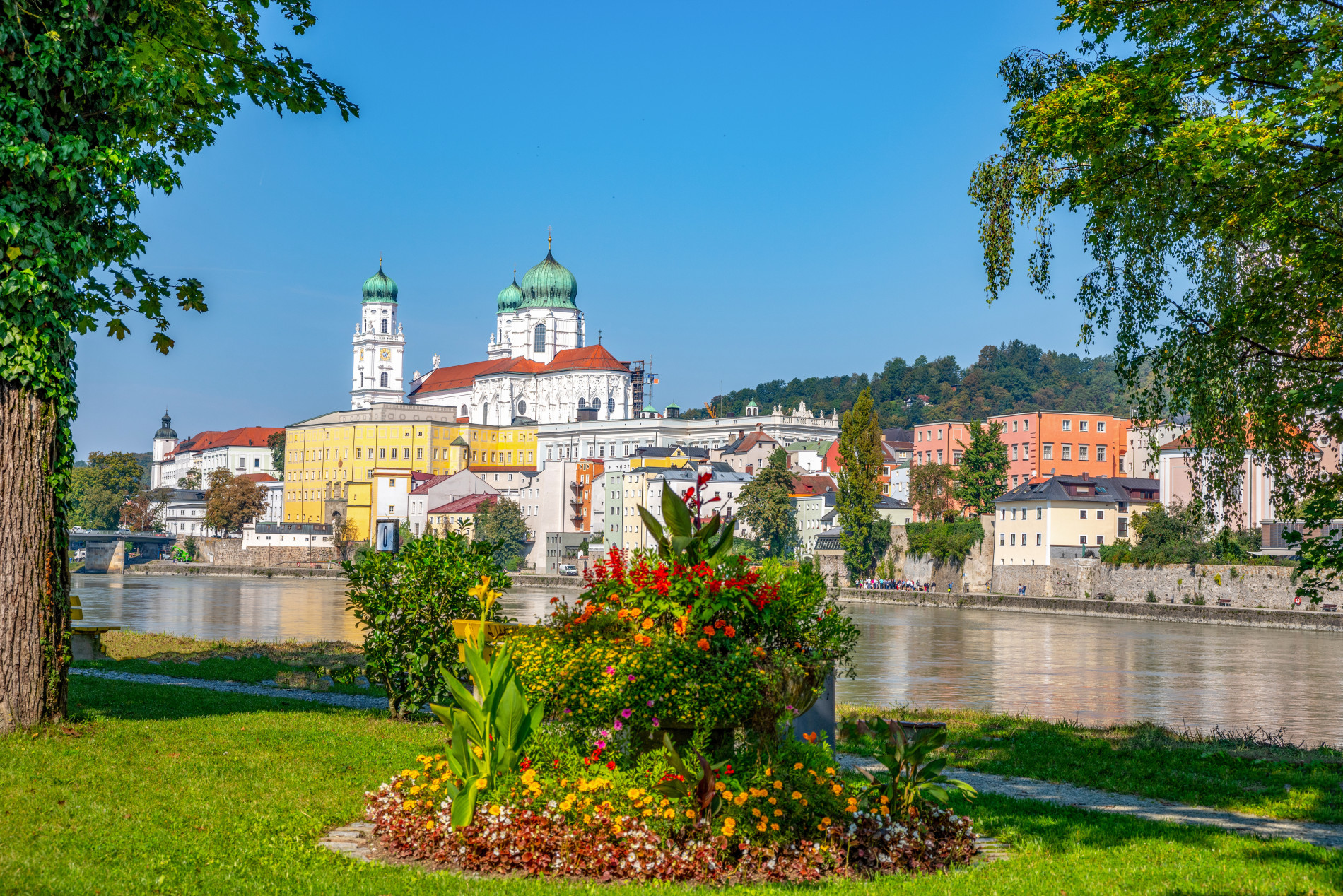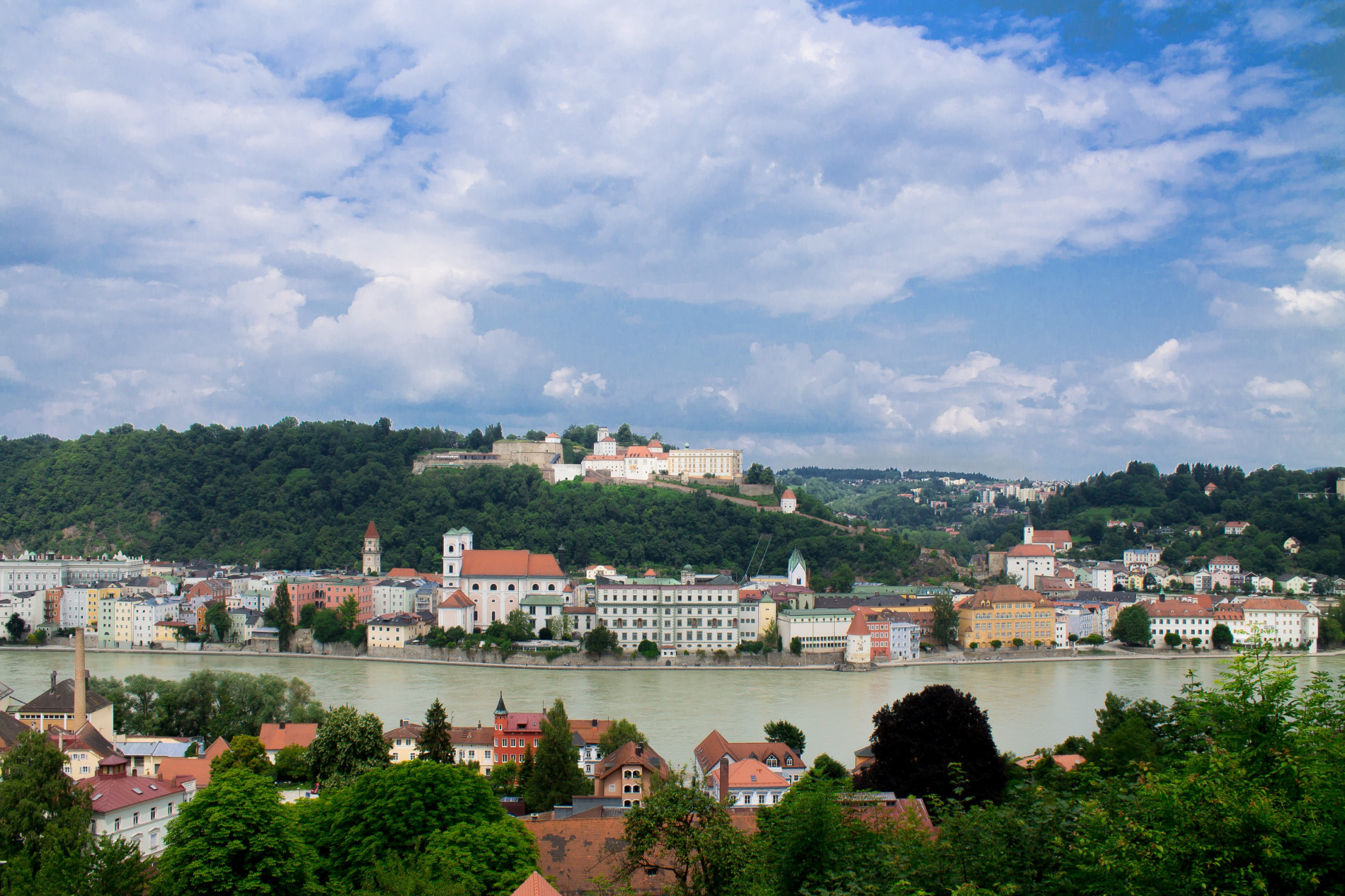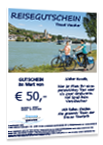A first Celtic settlement was located in the La Tène period on the old town hill with a Danube harbour at the level of today's old town hall. On the site of today's cathedral, the Roman fort Batavis (Castra Batava) was built as part of the Limes fortifications. The name "Batavis" is derived from the Germanic mercenaries of the Batavian tribe who were initially stationed there. The present name "Passau" developed from Batavis. The city was hit several times by floods and large fires. In 1662, for example, a fire reduced the entire city to rubble. Italian master builders (Carlone and Lurago) then rebuilt the city and gave it its present southern baroque appearance. In 1689 the first Passau newspaper was published. In 1927, the Danube power plant Kachlet was connected to the grid, which was the largest power plant in Germany at that time. Construction began in 1922, and it is said to have been the largest construction site in Europe, providing employment for about 3,000 workers at peak times. In the months of May and June 2013, the city experienced its worst flooding in five hundred years when the historic mark of 12.89 meters was reached at the Passau/Danube gauge. The drinking water supply had to be temporarily shut down, and teaching was suspended at schools and the university. During and especially after the flood disaster, the dedicated help of Passau's university students must be mentioned. The Facebook initiative "Passau räumt auf" (Passau cleans up), founded and managed by the students, was awarded the German Citizens' Prize in 2013.
Top sights
St. Stephen's Cathedral: considered the largest Baroque church building north of the Alps; the organ, with 17,974 pipes (233 stops), is the largest of its kind in the world! Concerts from May to October daily except Sunday/holiday at 12 noon.
Studienkirche: baroque church of the Jesuits, dedicated to St. Michael; near residence, visible only from the main entrance. The lightness of the church interior is unique.
(new) Residence: behind the cathedral; the right (cathedral side) staircase in rococo style is unique. The Cathedral Treasury and Diocesan Museum (accessible through the cathedral) is open daily except Sunday from 10 a.m. to 4 p.m.; entrance fee.
Rathaussaal: colossal paintings from the 19th century; entrance fee.
Veste Oberhaus: accessible by bike to the stairway (Angerstraße near Luitpoldbrücke) in approx. 10 min. incl. walking time; bishop's fortress built in 1219 with Bohemian Forest Museum (admission) and magnificent panoramic view: Veste Niederhaus below.
City theater: on the Inn quay below the residence; early classicist style from 1793. Also worth seeing, the Glass Museum near the Danube embankment, Museum of Modern Art, Niederburg Monastery with the tomb of St. Gisela (wife of the Hungarian King Stephen, who ordered the conversion of the Magyars to Christianity).





